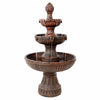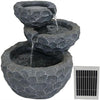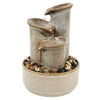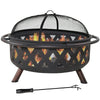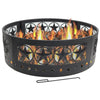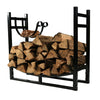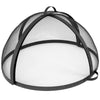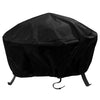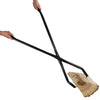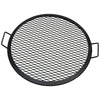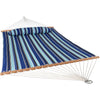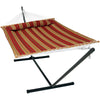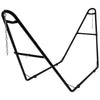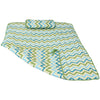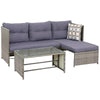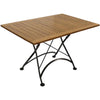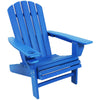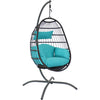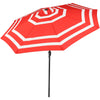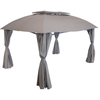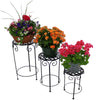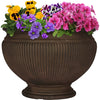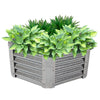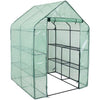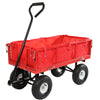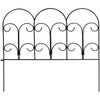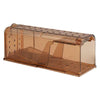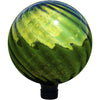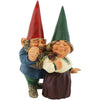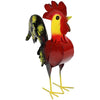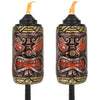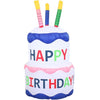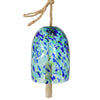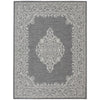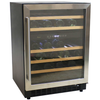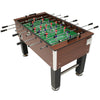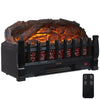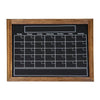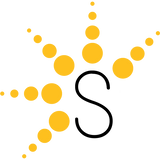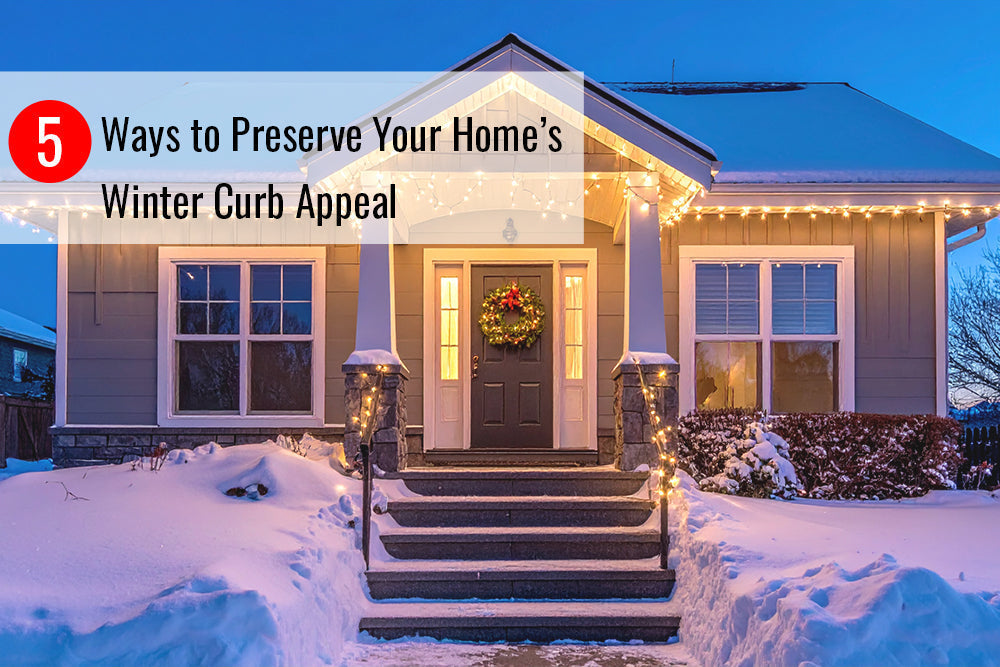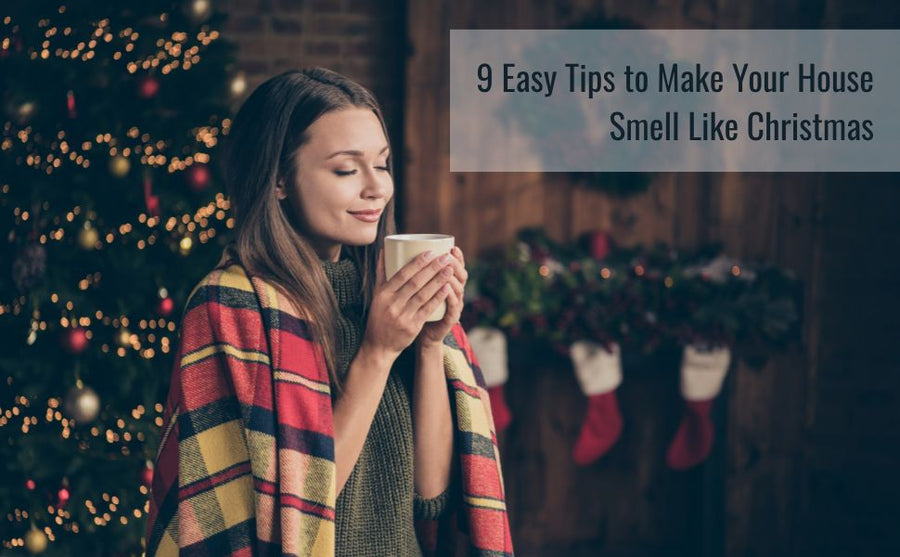If you grow your own garden of vegetables, fruits, flowers, and more, you know the work and care that it requires to properly cultivate those plants. Sometimes you can do everything right and even if the weather is in your favor, your harvest may not be as plentiful as you’d like. What else could your plants need to thrive? It almost seems like something is missing. That something is pollinators! Check out these helpful tips to help bring pollinators to your garden for a more bountiful crop.
What is a Pollinator?
You might be wondering what a pollinator even is. According to the Merriam-Webster dictionary, a pollinator is “an agent (such as an insect) that pollinates flowers”. Pollinators are very important for plant growth and reproduction because they carry pollen on their bodies and leave it on each plant they land on. Pollen has genetic materials that are required for the reproduction of many plants, including flowers, fruits, and vegetables.

There are many kinds of pollinators, including bees, butterflies, beetles, dragonflies, moths, hummingbirds, and even bats! The most common pollinators are bees, butterflies, and hummingbirds, which is what this article will focus the most on.
6 Tips for Attracting Pollinators
Try out the tips below to help welcome bees, hummingbirds, and butterflies into your yard, garden bed, or flower bed.
Add Flowers to Your Garden
Growing flowers in your garden is one of the easiest ways to attract pollinators, especially if you incorporate flowers in an array of colors. Each pollinator is drawn to different colors, so by planting many types of plants, you’ll attract a variety of insects and birds to them. Bees like blue, yellow, white, and purple blooms. Butterflies are drawn to red and purple tones. Hummingbirds like orange- and red-colored flowers. (Fun fact: this is why most hummingbird feeders are red!)

Create a Diverse Garden
It is also a good idea to plant flowers that bloom at different times of the year so there is always a fresh food source. By choosing different types of flowers, you create a diverse garden with plants that vary in size and shape. How you arrange the flowers also matters. Try planting like flowers in clumps of 3 or 5. Keeping a single species all together attracts pollinators better than just scattering plants across a space. You should also try to vary the shape of blooms to allow all sizes of bees and butterflies to drink the nectar. Not all pollinators like the same thing, and not even all bees are the same! So by planting several varieties of flowers, you’re sure to invite all types of pollinators.

Don’t Mow the Lawn
I know, this sounds counterintuitive to a clean, well-pollinated garden, but not cutting down all the dandelions, clover, and grass provides plenty of natural places for bees to pollinate. If planting flowers isn’t your thing, try leaving parts of your lawn unmanicured, or at least until the bees, butterflies, and hummies find your garden and begin to pollinate the plants. Leave some leaves, branches, or even dried flowers so the pollinators have a place to live and hide. You could also leave some dead trees in your yard; dead trees are a great place for bees to live. Leaving the yard untrimmed and not picking up all the leaves is especially important to do in the late autumn to early spring so bees have somewhere to live during the winter.
Don’t Use Pesticides
As a rule of thumb, it’s better not to use pesticides at all. Before resulting to harmful chemicals, try to use organic, nontoxic methods. You can even try letting predators, like wasps or ladybugs, take out an infestation in your garden. However, if you must use a pesticide keep these things in mind to minimize its effects on pollinators.
- Do not use pesticides on flowering plants or weeds
- Only apply the pesticide from 8pm to 8am to avoid bees’ active time
- Follow the directions on the product’s label very, very closely
- Apply pesticides on warm days only (pesticides last on plants longer in colder temperatures)
- Only put a pesticide on the affected area in the smallest space possible
Provide Basic Needs
An easy way to get pollinators to come to your garden or flower bed is to create a welcoming environment that meets all their needs. Provide food (the flowers), water, and shelter, and you’re sure to notice bees and hummingbirds buzzing around your garden in no time. Set out a bird bath or fountain in the garden for hummingbirds to drink from.

Bees need to drink water just like any other living creature, so add a bee bath to your pollinator garden to help them out. All you need to make a bee bath is a planter saucer, a few small rocks, and some water. Set a planter saucer filled with water in a low, sunny spot of your garden. Place a few rocks in the center of the saucer so bees can safely land in it to drink and you have yourself a bee bath!
Providing shelter is also important, especially for bees. If you just can’t stand the sight of leaves or dead wood in your garden or yard, try adding a bee house near your garden so the bees have somewhere to escape to. Be sure to find one that has smooth insides to avoid harming the bees and a slight overhang to help keep out the wind.
Include Native Plants
One of the best ways to ensure pollinators visit your garden is including plants that are native to your area in or around the garden. Native plants are more likely to be resistant to disease, pests, or changes in weather than imported plants. Plus, pollinators are used to feeding on plants that are native to the area, ensuring they thrive. Here are a few native plants that are perfect for any garden.
- To attract bees: bee balm, purple coneflower, mint, sunflower, and dill
- To attract butterflies: salvia coccinea, butterfly weed, blazing star, and Mexican sunflower
- To attract hummingbirds: honeysuckle, torch lily, hummingbird mint, and trumpet vine
By planting native plants, you ensure you aren’t only adding hybrid species to your flower bed or garden. Hybrid plants are beautiful, but unfortunately the benefits are only for the gardener, not the pollinator. While hybrid plants are resistant to diseases, they produce less nectar and pollen and may not provide enough nutrients for pollinators to survive. The amount of pollen a hybrid flower produces can be dependent on climate conditions, making them an unreliable food source for bees, butterflies, and hummingbirds.

Pollinators are vital for plants because they help them to grow and bloom season after season. Ensure your garden is visited by pollinators, like bees, butterflies, and hummingbirds, and you can be sure your garden produces many vegetables, fruits, flowers, and more!
